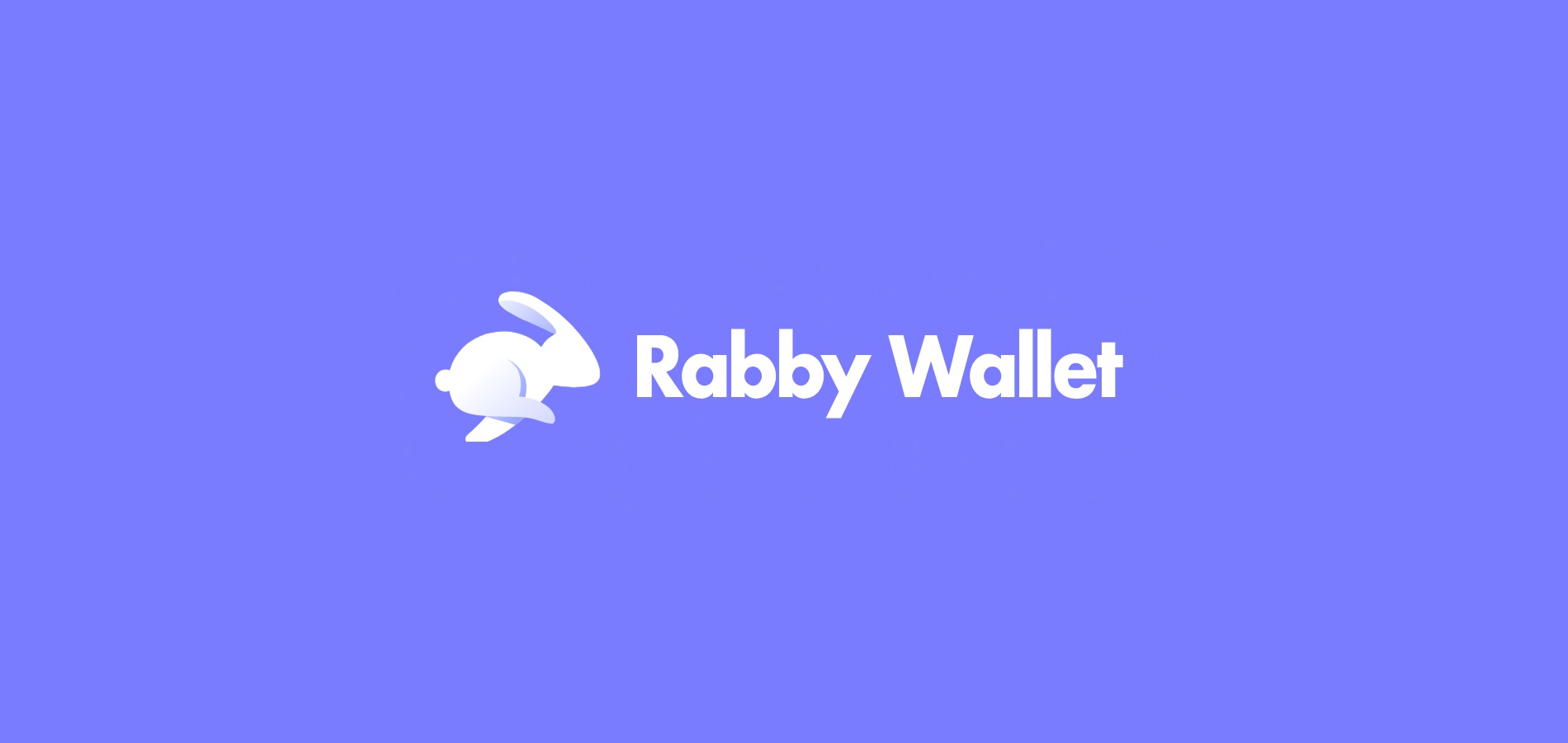Whoa! Ever felt like yield farming is some kind of magic trick where you throw your crypto in and watch it multiply? Well, yeah, it sorta feels that way. But here’s the thing—I’ve been down in the trenches with this stuff, and it’s definitely not just passive luck. You’ve gotta understand the mechanics behind smart contracts and how MEV (Maximum Extractable Value) can silently drain your gains if you’re not careful.
Okay, so yield farming exploded onto the scene like wildfire, right? Everyone chasing those juicy APYs without fully grasping the risks. Initially, I thought it was just about staking tokens and hoping for the best, but then I realized the whole ecosystem is way more intricate—smart contracts executing trades behind the scenes, bots sniping opportunities, and MEV miners extracting value faster than you can blink.
Really? Yeah, seriously. Something felt off about how some farmers kept earning consistently, while others barely broke even. My instinct said, “There’s gotta be a hidden layer here.” Turns out, it’s that MEV factor messing with the average Joe’s profits.
Now, here’s a quick tangent—ever heard of front-running in blockchain? It’s like when someone sees your trade before it’s confirmed and jumps ahead to profit from it. Not cool, right? MEV bots thrive on this, and if your wallet or platform doesn’t have safeguards, you’re just feeding them. (Oh, and by the way, that’s exactly why I started digging into multi-chain wallet extensions that offer MEV protection.)
So, how do you actually interact with these smart contracts without getting rekt? I’m biased, but the key is using a wallet that’s built with DeFi users in mind—one that’s not just about holding assets but actively protecting your transactions. For example, there’s this extension I stumbled on recently that handles multi-chain interactions and includes MEV defenses baked in. It’s called Rabby Wallet—check it out https://sites.google.com/rabby-wallet-extension.com/rabby-wallet-extension/. It seriously changed how I approach yield farming.
But here’s where it gets even more interesting. Initially, I assumed that all smart contracts were created equal—well-audited, secure, and straightforward. Actually, wait—let me rephrase that. Most aren’t. Many DeFi projects deploy contracts with subtle bugs or questionable logic that can be exploited. So when you’re yield farming, you’re basically trusting a complex piece of code that could be a ticking time bomb.
On one hand, the allure of high returns is intoxicating. Though actually, that’s the kind of thing that gets people burned. You gotta balance excitement with caution. MEV protection is just one layer; contract security is another beast entirely. That’s why I always recommend vetting the protocols, but also using wallets that monitor and limit your exposure to these risks.
Something else that bugs me is how many interfaces overwhelm you with options but don’t explain the nuances of interacting with multiple chains. Like, you want to farm on Ethereum, but also hop on Binance Smart Chain or Polygon without juggling five different wallets and risking your private keys everywhere. Managing that complexity manually is a nightmare, and honestly, that’s where tools like Rabby Wallet shine—they streamline multi-chain smart contract interactions with an intuitive UI and built-in protections.
Here’s the thing. Yield farming isn’t just about locking tokens and hoping for APYs. It’s about navigating an ecosystem teeming with MEV predators, contract vulnerabilities, and network quirks. For example, I once saw a flash loan attack exploit a protocol I was farming on, wiping out liquidity pools in seconds. It was a harsh lesson that relying on trust alone is naive.
Check this out—

Crazy, right? That’s exactly why your wallet needs to do more than just hold your keys. It should actively defend against these sneaky tactics. And honestly, not all wallets do that well.
Smart Contracts: Friend or Foe in DeFi?
Smart contracts are basically the backbone of DeFi, but they’re also a double-edged sword. Why? Because interacting with them directly means you’re exposed to whatever logic they run, good or bad. Sometimes, the code is designed to maximize your yield safely. Other times, it’s got hidden mechanics that funnel fees or taxes back to the creators or bots.
My first few experiences with yield farming were full of trial and error. I’d jump in, only to realize later that gas fees ate up my profits or that some contracts had weird approval requirements that could be exploited. It’s a learning curve. I’m not 100% sure if many new users get how critical the wallet interface is for safe smart contract interaction.
Here’s where multi-chain support comes in handy. Instead of juggling dozens of extensions or wallets, having everything in one place with robust MEV protection simplifies the game. Also, when you’re farming across chains, timing and transaction ordering become even more crucial—MEV bots love to exploit cross-chain arbitrage opportunities that pop up in milliseconds.
Yeah, it’s a wild west out there. But with tools that prioritize security and user experience, you can at least stack the odds in your favor. I’d say the best approach is to combine solid research on the protocols you’re farming with a wallet that actively fights back against MEV and suspicious contract interactions.
If you want to get serious about DeFi and yield farming, I’d recommend giving this multi-chain wallet extension a shot: https://sites.google.com/rabby-wallet-extension.com/rabby-wallet-extension/. It’s not perfect, but it’s one of the few out there that really gets the complexity of smart contract interaction and MEV protection without overwhelming you.
And hey, yield farming will keep evolving. New chains, new contracts, new MEV tricks. Staying ahead means being curious, cautious, and equipped with the right tools. That’s just my take, though. What’s been your experience?
